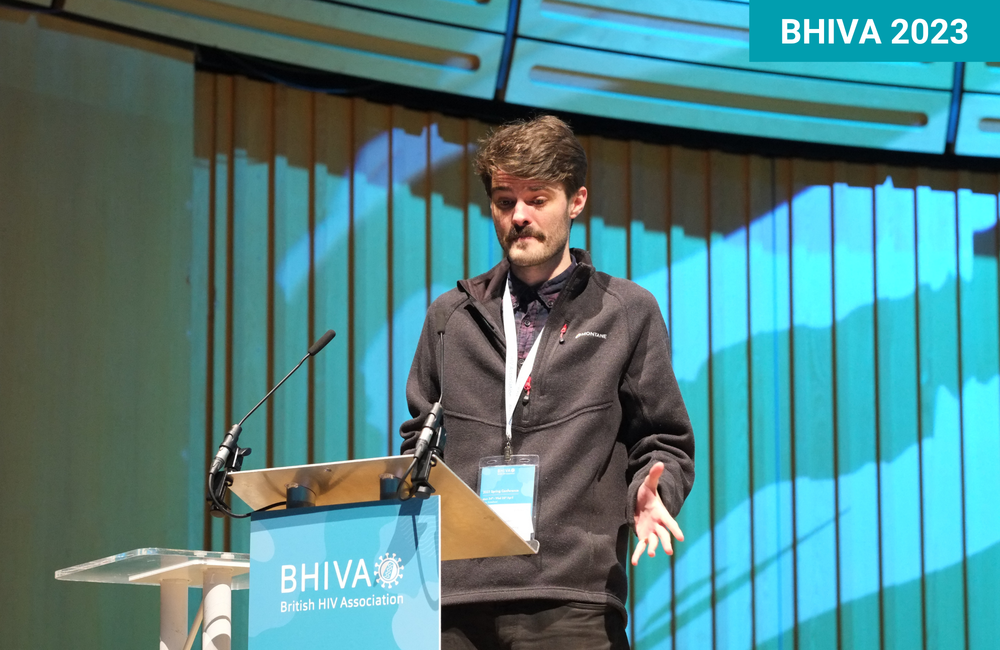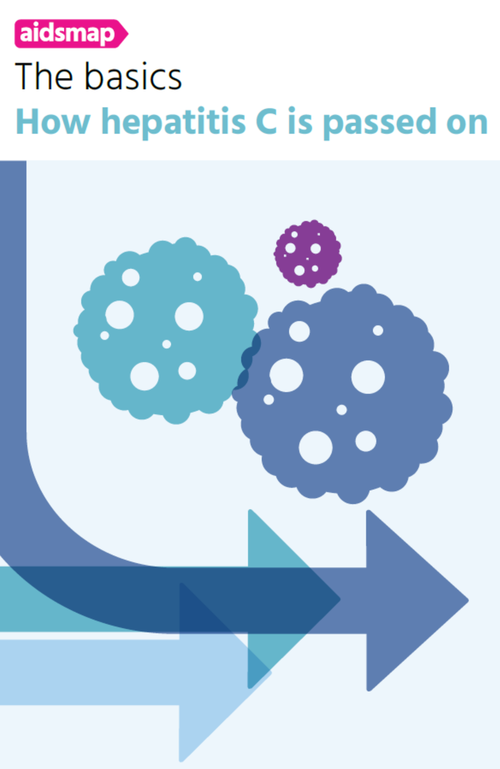
In 2018, the British HIV Association (BHIVA) announced an ambitious target: to clear chronic hepatitis C infection from people with HIV co-infection by April 2021.
The target hasn't yet been reached, BHIVA's Spring conference in Gateshead heard yesterday. But, despite interruptions in testing during the COVID-19 pandemic, the number of people in England with HIV who also have hepatitis C virus (HCV) has reduced by 79%. This means that in the HIV/HCV co-infected population at least, NHS England has already surpassed the global goal set by the World Health Organization of a 72% reduction in chronic infections (90% diagnosed, 80% treated) by 2030.
This has been achieved by a campaign of ‘microelimination’; this term indicates focusing efforts to eliminate an infection in a specific group or population, instead of or in advance of the whole population.
These groups may be the people with the highest prevalence, or who suffer from the most serious clinical consequences, or who can be most easily targeted for an elimination programme. All these are true of people with co-infection: historically, HCV prevalence in people with HIV has been 20 times that in the general population; people with poorly controlled HIV are more likely to suffer severe clinical consequences like liver cancer; and people who attend for HIV care will generally be tested for hepatitis C.
The study, presented by Dr James Lester of the UK Health Security Agency, compared the prevalence of chronic HCV infection in people with HIV in the year beginning March 2015, when the UK’s National Institute for Health and Clinical Excellence (NICE) first started recommending combination direct-acting antivirals (DAAs) for HCV, with prevalence at the end of 2022.
This sounds like quite a simple exercise. But people diagnosed with hepatitis C at their HIV clinic do not necessarily get treatment for it there. So while one-third of the people were recorded as having co-infection in 2015-16 by the HIV and AIDS Reporting System (HARS) also had a record of treatment with DAAs, for two-thirds their successful treatment had to be inferred from later clinical records that showed they were now HCV negative.
This would tend to underestimate the success rate of DAAs, because a minority of those recording as having HCV in 2022 would be cases of reinfection.
In 2015-16, there were 3035 people recorded as also having hepatitis C out of a total of 68,974 people seen for HIV care during that year (4.4%). Of the 3035, 1045 had a record of receiving DAA therapy of whom 849 (81%) had a record of having a sustained virologic response (SVR), i.e. being cured of HCV. The remaining 1990 did not have HCV treatment recorded but 1548 (78%) were recorded as having a sustained clearance of hepatitis C by the end of 2022. In total, 2397 people (79%) no longer had HCV.
Altogether, 158 clinics contributed data. In about 15% of them, every single patient who had had HCV in 2015-2016 no longer had it, but these were mainly very small clinics with no more than 10 patients with co-infection each. But in 42 clinics (27%), more than 90% of patients had cleared HCV, and in 71 (45%), more than 80%; numerically these included the two largest clinics, with more than 450 patients with co-infection each. At the other end of the scale, a handful of small clinics with no more than 4% of patients with co-infection had the same number of patients with HCV in 2022 that they did in 2015-16.
In terms of risk group, the largest patient group was gay and bisexual men, numbering 1638 patients, and of these 1385 (85%) were cleared of HCV by 2022. HCV prevalence among all gay men with HIV declined from 6% to 1%.
The second biggest group was 514 people who injected drugs. Here the number with HCV declined to 179, representing a smaller relative reduction of 65% in HCV infection. But the absolute decline – from over 50% to 18% of HIV-positive injecting drug users having HCV – represents a major improvement in the health of this population.
The decline in the smaller groups of people who’d caught HCV through heterosexual exposure and through blood products was midway between the two other groups, at around 75%.
The relatively larger cure rate in gay and bisexual men meant that their share of the co-infected population went down from 52% to 40%, while the share that were injecting drug users increased from 18% to 28%, but against the overall shrinkage of the population with HCV/HIV co-infection of 79%.
This figure is probably an underestimate. HARS does not specify what constitutes evidence of hepatitis C infection, so there may have been false positives included among the 2015-16 population, and as mentioned above, some people may have been reinfected. Those with reinfection may either have been cured twice or are contributing disproportionately to the 21% still HCV positive.
“This represents considerable progress despite disruption caused by the COVID-19 pandemic,” the authors say, and it is true that HCV testing in HIV clinics was severely affected by the pandemic.
However, Dr Sanjay Bhagani, who was until recently President of the European AIDS Clinical Society during much of the COVID epidemic, commented in a plenary talk that COVID may actually have had benefits in terms of services to homeless people and drug users, as testing services had to leave clinics and relocate to where the people most vulnerable to HCV were to be found.
The microelimination of hepatitis C also bodes well for its ‘macroelimination’, a more difficult target not just because far more people have to be tested and treated, but because the majority of people with HCV mono-infection are current or former injecting drug users.
It was made possible by a pioneering deal between the NHS and the companies making HCV drugs, which made it worth their while to ensure that as many people as possible were diagnosed and treated. Even by 2020 the number of people with HCV in England had fallen from 216,000 in 2012 (0.4% prevalence) to 81,000 (0.15%), a 62.5% drop, suggesting that England could reach the 2030 World Health Organization target five years ahead of schedule.
This would put it in an elite of five to eight countries to have achieved the target ahead of time.
Sidebotham E, Lester J at al. Microelimination of hepatitis C among people living with diagnosed HIV in England. British HIV Association conference, Gateshead, April 2023, abstract O01.

